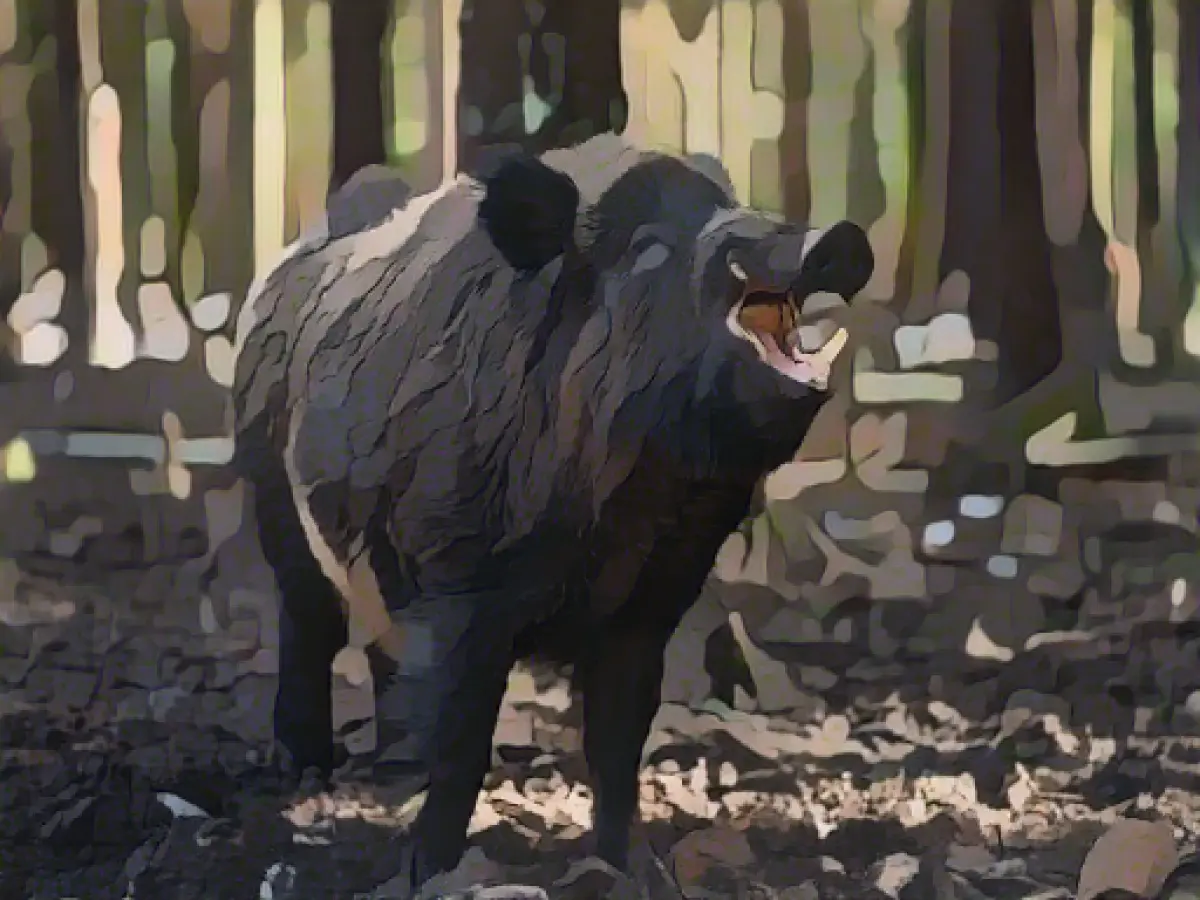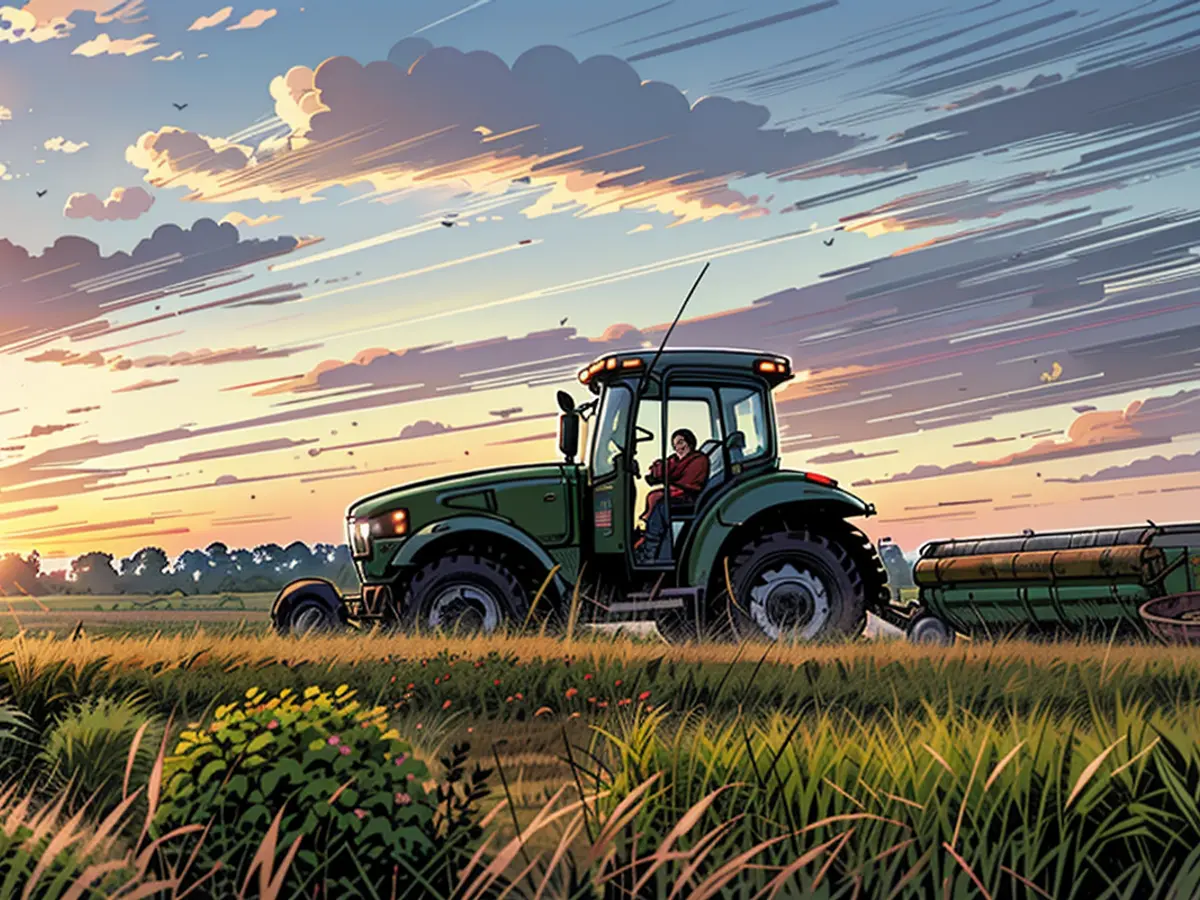Wild Boar Culls Plummet by Nearly 40% in Lower Saxony
The wild boar hunt in Lower Saxony saw a dramatic drop of 36.9% in the 2022/23 season, with just 36,134 animals hunted. This significant decline was also observed in other federal states, according to Helmut Dammann-Tamke, President of the Lower Saxony Hunting Association. Both red deer and mouflon saw decreases as well, with a 8.4% drop in red deer to 5,008 animals and a 10.3% decrease in mouflon to 201 animals.
Interestingly, badgers set a new record with 10,602 animals hunted, marking an 8.2% increase. The number of hares hunted also rose by 16.3%. In contrast, the number of raccoons and nutria, often called beaver rats, saw a decrease. The raccoon count dropped by 0.1% to 23,300 animals, while the number of nutria decreased by 15.2% to 34,744 animals.
Raccoon dog numbers increased by 9.6% to 4,289 animals, highlighting the intricate balance within the wildlife population.
Agriculture Minister Miriam Staudte (Greens) emphasized the necessity of controlling the invasive nutria population for reasons such as coastal and flood protection. Nutria build burrows near banks and dykes, posing a risk to their stability.
The state hunting report, presented for the 21st time, provides valuable statistical data, wildlife biology information, and scientific studies on Lower Saxony's wildlife. The hunting period encompasses the period from April 1 to March 31.
The decreasing wild boar hunt could have implications for farmers, potentially leading to escalated crop damage in agricultural areas. Additionally, those relying on wild boar for income, such as wild boar sausage producers, may face reduced earnings due to the lower number of animals hunted.
Enrichment Insights:
Interestingly, the cause of the decline in wild boar culls is not explicitly mentioned in the report or its sources. However, certain factors discussed in the enrichment data could potentially contribute to this trend. One such factor is the presence of African Swine Fever (ASF), a highly contagious and lethal viral disease affecting both domestic and wild pig populations. If ASF were to be detected in the region, hunting and culling activities might be restricted to prevent disease spread, thereby reducing the wild boar hunt numbers.
Furthermore, changes in wildlife management policies or outbreaks of other diseases that affect wild boar populations could also contribute to the decline in culls. Farmers might experience an increase in crop and livestock damage if culling is reduced, directly impacting their livelihoods. Hunters, on the other hand, may see fewer opportunities for hunting, affecting their recreational activities and incomes.







